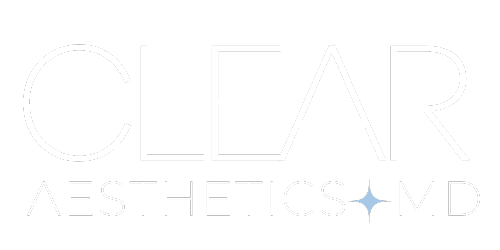
PDGF
What Is PDGF (Platelet-Derived Growth Factor)?
PDGF is a regenerative treatment that uses a lab-engineered version of the same growth factor your body naturally produces during wound healing. It works by stimulating your skin—or scalp—to produce more collagen, elastin, and other essential components that support healthy tissue. The result? Firmer, smoother, more radiant skin and stronger, fuller hair over time. Unlike fillers, PDGF doesn’t add volume—it rejuvenates from within.
How Does PDGF Work?
PDGF is one of the body’s first biological signals sent to start the healing process. When injected into the skin or scalp, it activates fibroblasts and other cells to kickstart collagen production, tissue remodeling, and repair. In the skin, this means fewer lines, improved texture, and better elasticity. In the scalp, it helps strengthen follicles, improve blood flow, and support hair regrowth in thinning areas. Results appear gradually and improve with a series of treatments.
What Areas Can PDGF Treat?
Under-eyes (to improve crepey texture, fine lines, and mild hollowing)
Cheeks (to enhance skin firmness and elasticity)
Neck and décolleté (to smooth and tighten thin, aging skin)
Full face (as part of a regenerative skin rejuvenation plan)
Scalp (to support hair restoration and improve thinning or shedding)
Post-procedure support (after laser, microneedling, or radiofrequency)
PDGF FAQs
-
PDGF stands for Platelet-Derived Growth Factor. It’s a lab-engineered version of the natural healing signal your body sends to repair damaged skin. When injected, PDGF stimulates collagen and elastin production, improving skin tone, texture, and firmness from the inside out—without adding volume like dermal fillers.
-
The skin under your eyes is thin and delicate—making it tricky to treat with fillers, which can sometimes cause puffiness or discoloration. PDGF is a regenerative option that improves crepey texture, fine lines, and mild hollowing by rebuilding the skin over time, not by adding bulk. It’s a great choice if you want natural under-eye rejuvenation without the risks of filler.
-
PRP requires a blood draw and varies from person to person. Exosomes are cell-derived and less predictable. PDGF is lab-created to mimic your body’s natural regenerative signals—so it’s stable, consistent, and safe for all skin types, with no blood draw or prep needed.
-
Fine lines and wrinkles
Crepey or thinning skin
Loss of firmness or elasticity
Under-eye hollowing and texture
Dull or aging skin
Acne scars and skin texture irregularities
Thinning hair or hair shedding
Weakened or damaged skin post-procedure (laser, microneedling, RF)
-
You may notice a glow or smoother texture within days, but the full benefits—like firmer skin and softened lines—develop gradually over 4 to 8 weeks as collagen builds. A series of treatments gives the best long-term results.
-
We typically recommend a series of 3 treatments spaced 3–4 weeks apart. After your initial series, maintenance sessions every 4–6 months help keep your skin looking its best.
For the eye area, we recommend 2-3 treatments spaced 8 weeks apart. When using topically post-laser, it can be used as frequently as every 4 weeks.
-
Yes—PDGF pairs well with microneedling, laser, or radiofrequency. It boosts healing, reduces downtime, and enhances results. It can also complement Botox or filler for a complete skin + structural approach.
-
Our Board-Certified Dermatologists, NPs and PAs.


